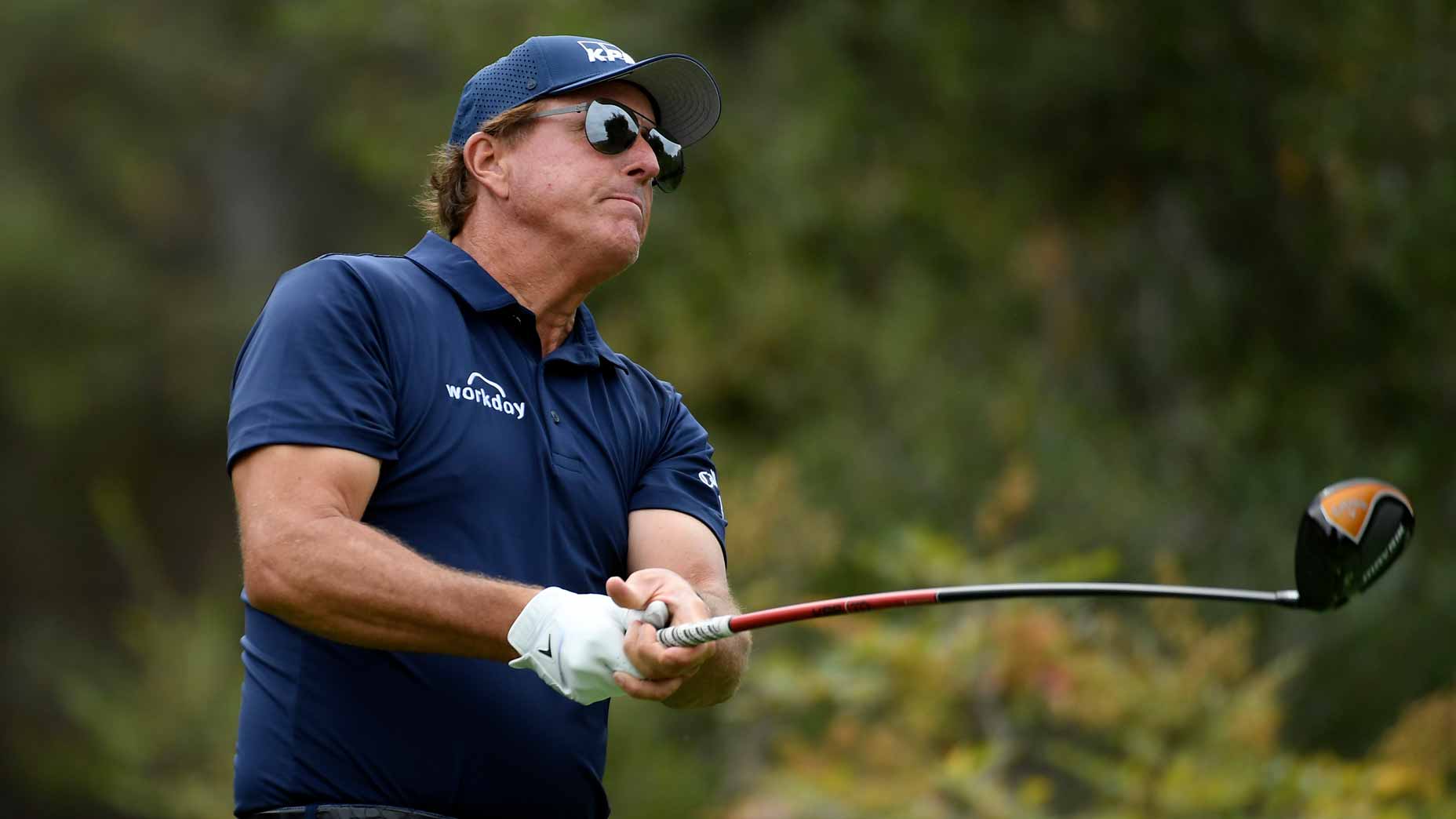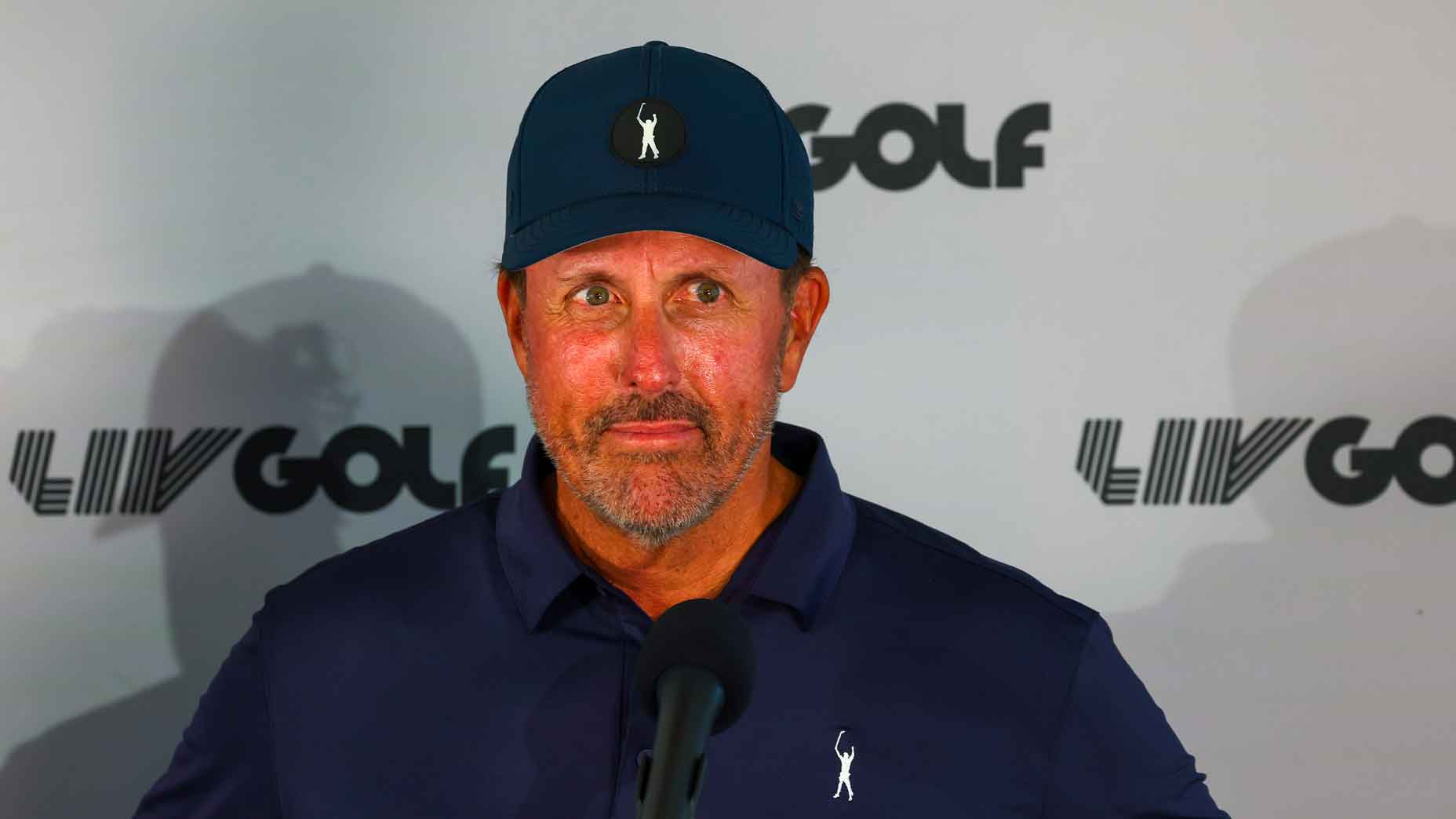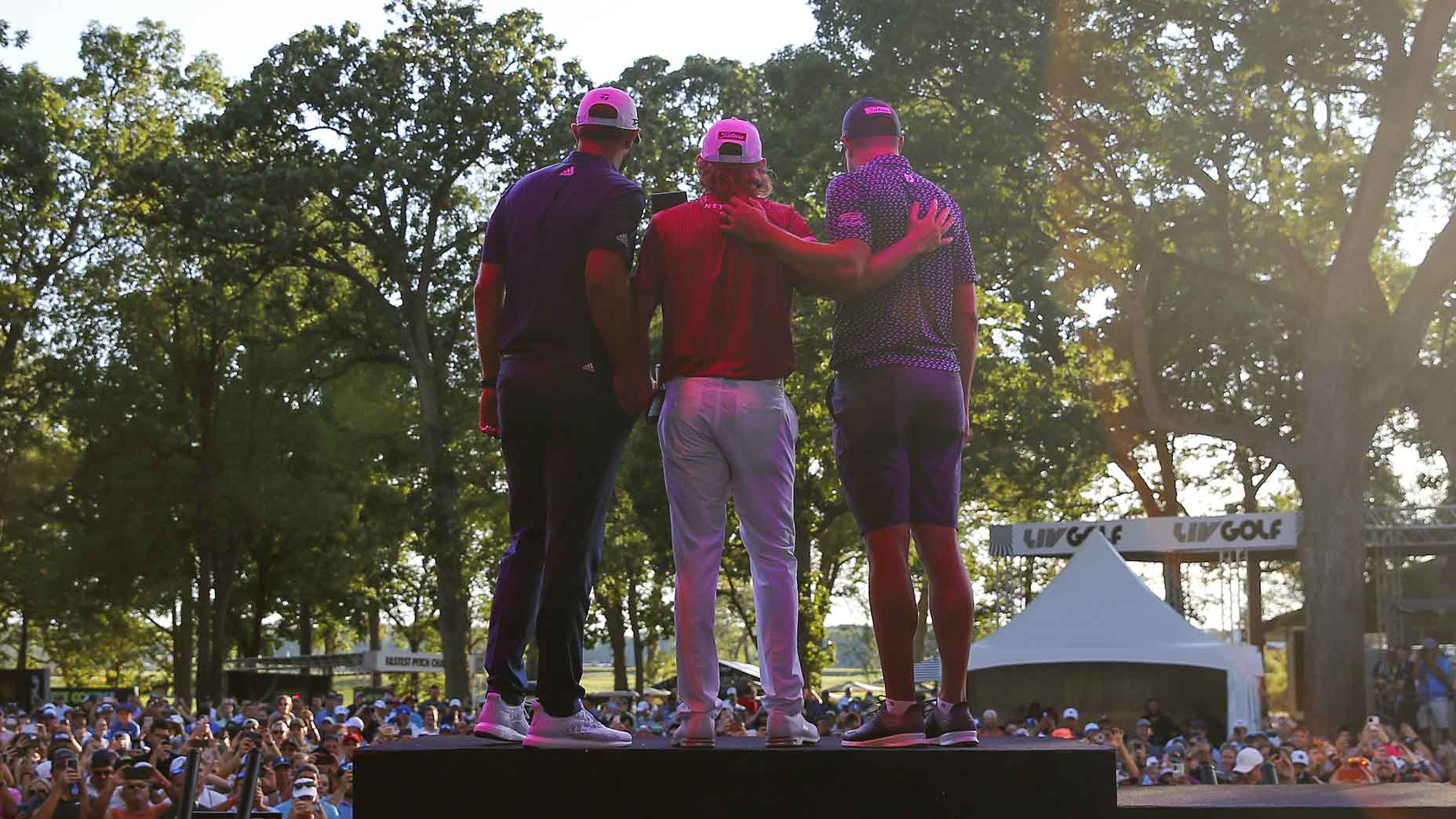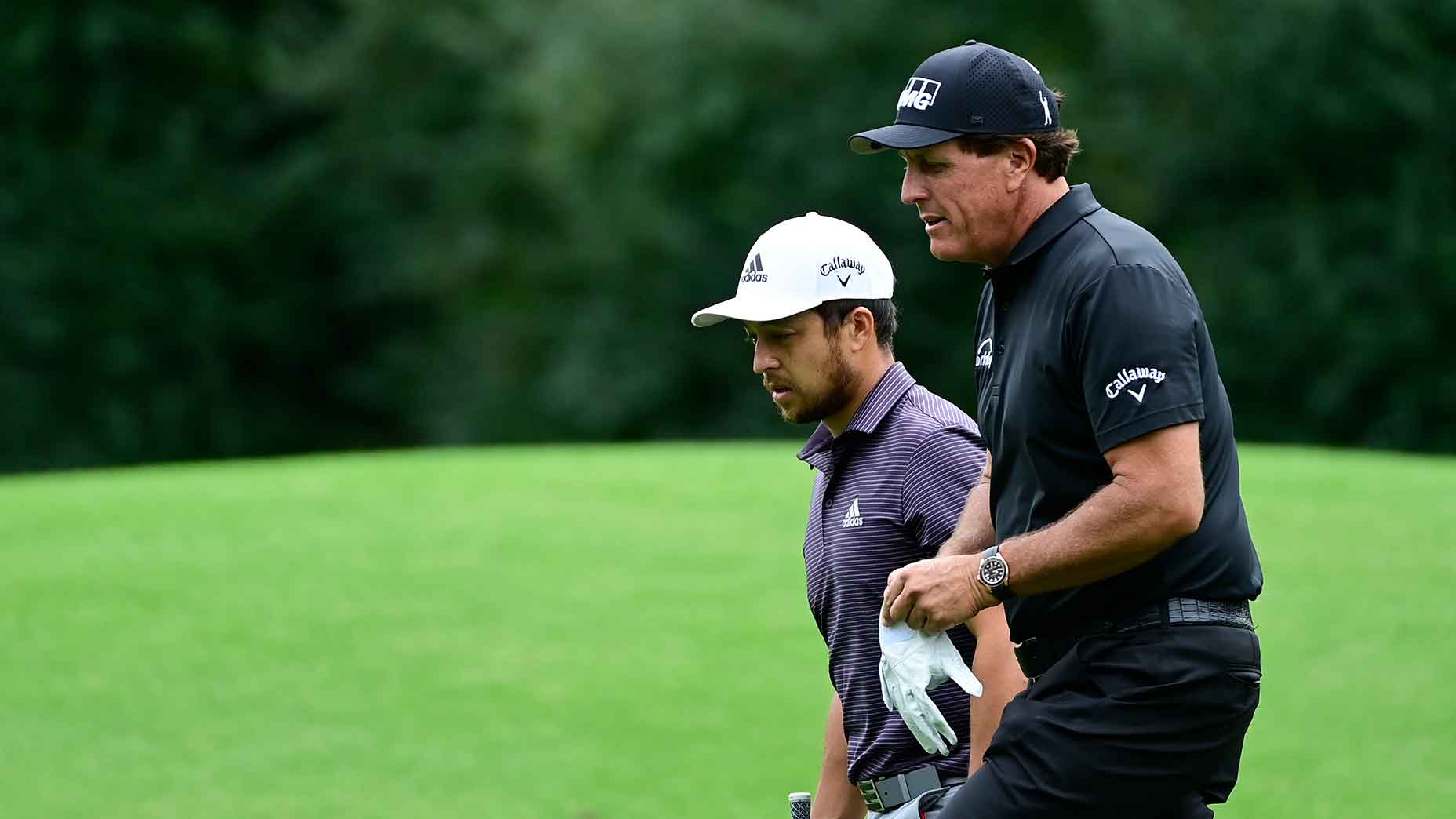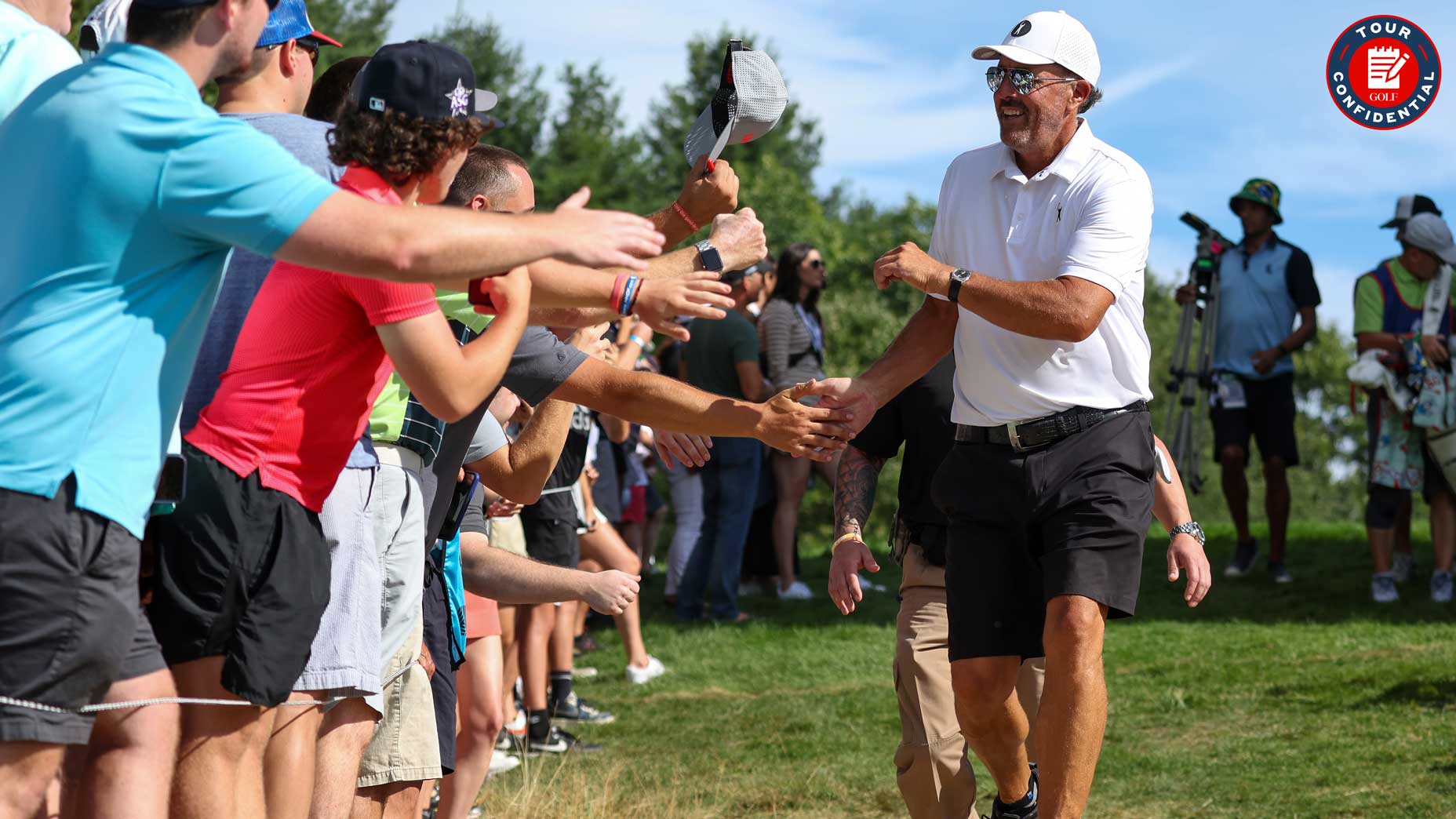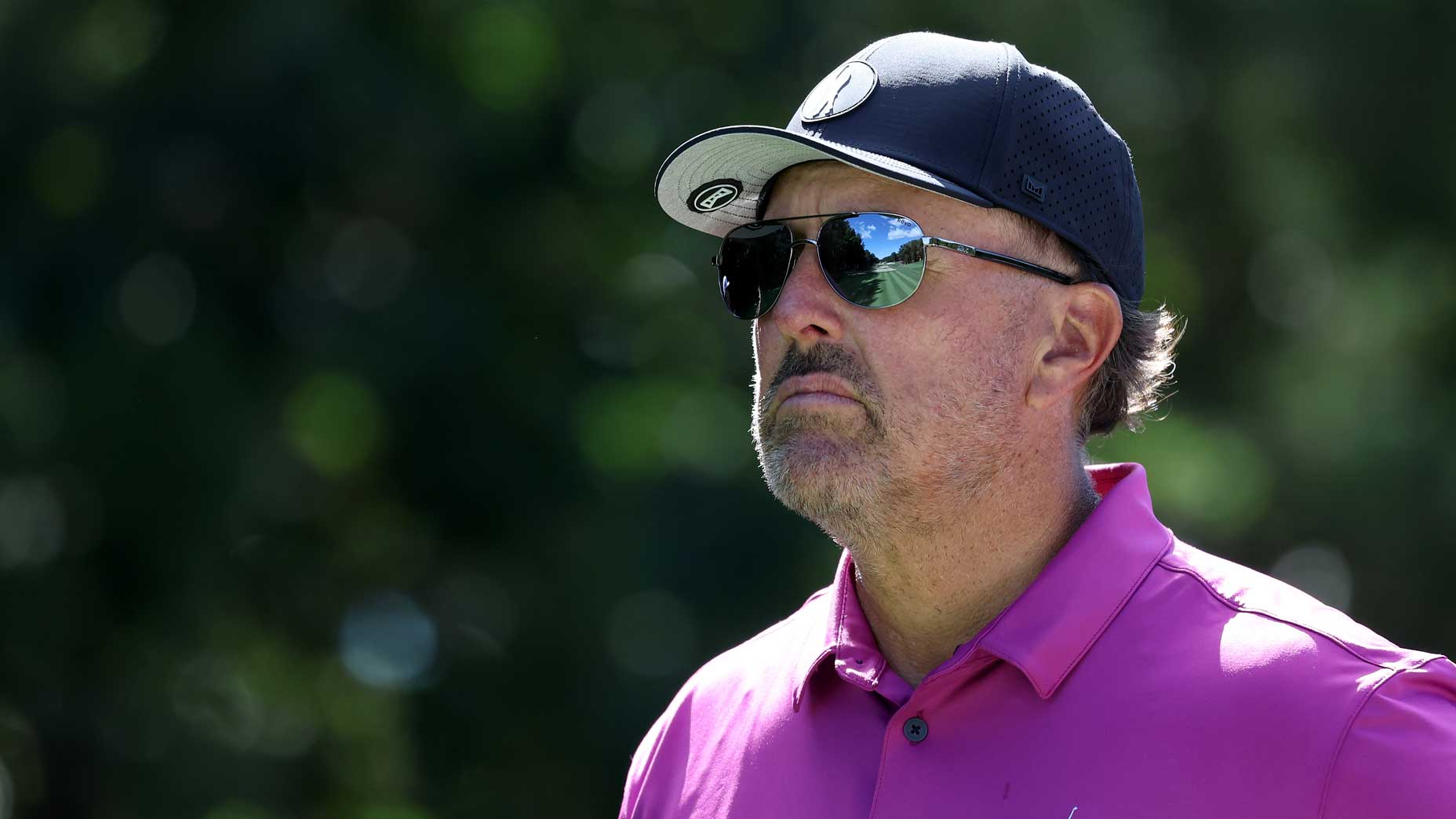Ed. note: GOLF has partnered with CDW to reveal how the best golfers in the world develop trustworthy, secure game plans for the Masters. In this series, we’ll dig in to the science and data competitors rely on to protect against the pitfalls and pressures of Augusta National.
Part I: How data is helping players make informed decisions. Part II: Inside the Augusta National playbook.
***
AUGUSTA, Ga. — The most astounding thing about Phil Mickelson’s lefthanded career is its length. He was one of the best golfers in the world in 1990, when he was still an amateur and the game was more art than science. Golfers selected their drivers — get this! — by the way they looked.
Thirty years later, Phil is still one of the best golfers in the world, and the game is more science than art. Guys select and ultimately trust their drivers based on their launch angle, spin rate and the smash factor they can get out of the thing. Plus, of course, shaft length. Lot of talk about shaft length this week at the Masters.
This data-first approach to course strategy is changing how pros play, including at the MastersBy: Alan Shipnuck
On Tuesday afternoon, Mickelson, packing all that lefthandedness, plus three Masters titles, 41 other PGA Tour wins and two Champions wins, dropped into the Press Building and was asked about this shift in the game, from art to science. He was the perfect person to pose such a question to, as he has, for 30 years, shown an ability to be both artistic and scientific, in terms of how he practices golf, plays golf and talks about golf. And this, lightly edited, is what he said:
“I have evolved and changed, a lot of things that people wouldn’t be aware of. When I grew up, shafts were weaker. They had more torque. You saw golf swings —Tom Watson and Jack Nicklaus and Tom Weiskopf — great ball-strikers and they would slide their knees forward because they wanted to hold the face off to stop it from hooking. The persimmon heads and weak-shafted drivers would cause the ball to snap. They would use their legs. Byron Nelson would talk about that.”
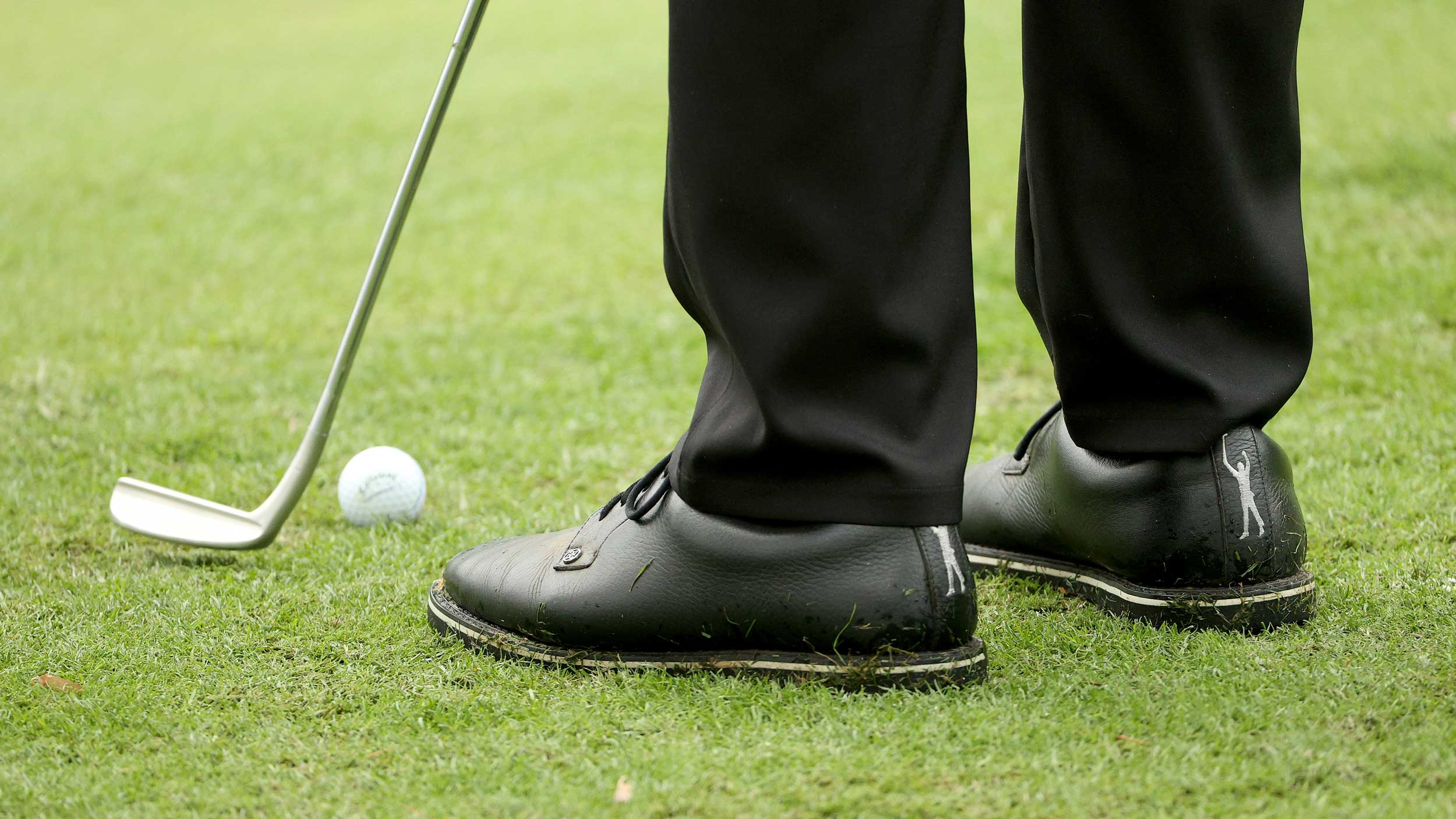
Let’s pause here for one quick moment. There is actually a golfer in the field at this week’s Masters, a golfer who could possibly contend, who is old enough to have heard Nelson talk meaningfully about the golf swing. Nelson died in 2006. Mickelson played in his first Masters in 1991.
Phil: “Nowadays, with lighter shafts, the shafts have less torque. You don’t need to do that with your legs. In fact, people are snapping that front leg and really straightening and creating that speed because there’s no fear of that club flipping over and hitting a 60-yard hook the way there was 30, 40 years ago.”
Let’s pause here for one quick moment. Mickelson is 50. When he talks about golfers from 40 years ago, he’s not being hyperbolic. Because 40 years ago he was 10 and a full-blown golf nerd and the best golfer in the world was Jack W. Nicklaus. On the art-to-science continuum, Nicklaus bends toward science, but there was a lot of art in what he did and how he did it, too.
“So I’ve had to evolve,” Mickelson continued, “and I’ve had to, I don’t want to say change my swing, but I’ve had to evolve with the equipment, and with the times. I look at pictures and video when I came out on Tour in ’93, and from my first Tour win in ’91, and my swing was so long and slow.
Inside the Augusta National playbook that helps players outsmart the courseBy: Alan Shipnuck
“And now I look at it, and it’s much more violent. Even though I still try to use leverage to create speed, it looks totally different, speed-wise, because the equipment has allowed me to swing a lot faster without fear of the hook, fear of the big miss. Although I do still fear the big miss, I hit it all the time! But that’s not the point. Then you look at course conditions, and all of these things have involved over time, that have forced you to play differently and strategize differently.”
Let’s pause here for another quick moment and bring in a delightful word from yesteryear: Strategery! (Mickelson played on the 2005 Presidents Cup team when George W. Bush was in the Oval Office.) Thanks to the reams of analytics that have become available in recent years via ShotLink and other stats aggregators, including Phil’s own short-game coach, Dave Pelz, Mickelson has leaned into the numbers, with positive results. Adam Schupak, reporting for The New York Times in 2017, wrote that a few years back Pelz informed Mickelson that the average greenside bunker shot was 10 yards. Mickelson went to work on mastering that shot and jumped from 180th in sand saves in 2006 to 3rd in ’08.
Phil Mickelson believes a 47.5-inch driver gives him an edge on 5 holes at AugustaBy: Jonathan Wall
Mickelson, careful study that he is, also has benefited from picking up on agronomic changes designed to defend courses. During his Tuesday soliloquy, he added: “When Augusta National started mowing away from the green rather than toward the green, that changed the way you hit shots around the green because you could no longer really hit a bump shot that would slide through the grass because that sticky rye would grab it when it started going into the grain. So, you see guys putting it. That was a change I made in ’04 when I finally won. I was putting from off the green.
“Now this week will be a little different because it’s going to be wet so you can skip balls through, and you’ll see guys chipping. But those little subtle changes have forced you to evolve and change with it. And it’s been a fun challenge for me to try to do that.”
As Phil’s wife, Amy, likes to say, “Phil’s all about the fun.”


